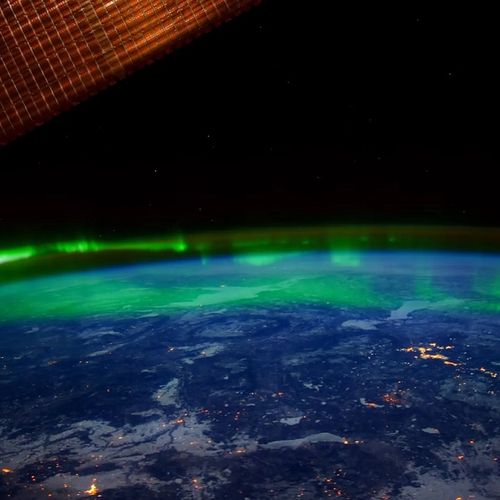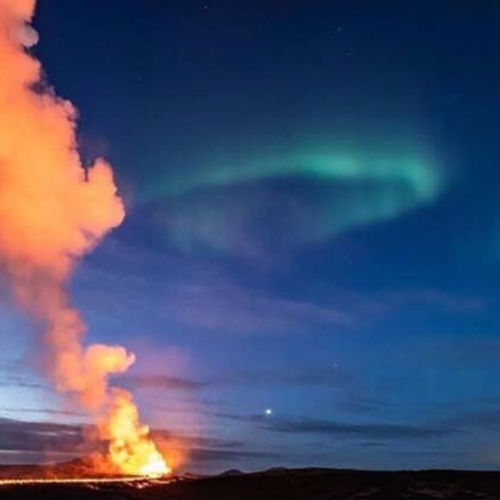
| Added | Tue, 02/07/2024 |
| Источники | |
| Дата публикации | Tue, 02/07/2024
|
| Версии |
NASA scientists have discovered something interesting in the Earth's ionosphere. This region, known for its electrically charged atoms and molecules, contains amazing structures that can change our understanding of atmospheric dynamics.
With the help of NASA's Limb and Disk (GOLD) mission, scientists have discovered unusual formations in the ionosphere resembling the letters X and C. These structures, associated with the well-known phenomena of ridges and bubbles, where the plasma concentration is higher, are now observed during periods of geomagnetic calm.
Astrophysicist Fazlul Laskar from the Laboratory of Atmospheric and Space Physics The University of Colorado (LASP) highlights the unusual nature of this phenomenon.
"Previously, we saw the merging of ridges only during geomagnetic storms. The discovery of X-shaped structures during quiet periods forces us to look for other explanations," he says.
Computer simulations suggest that churning in the lower atmosphere can cause X-shaped ridges to merge, even without major disturbances.
Jeffrey Klenzing of NASA's Goddard Space Flight Center explained this phenomenon.
"The observation of X-shaped structures in calm times indicates that the activity of the lower atmosphere plays a significant role in the formation of the ionosphere," Klenzing said.
In addition, the researchers encountered plasma bubbles bending in the shape of the letter C, which is assumed to be associated with the earth's wind. But the most surprising thing was the discovery of plasma bubbles located at an unusually close distance from each other, which indicates significant turbulence in the ionosphere.
Deepak Karan from LASP shares his impression:
"We never imagined that bubbles of the opposite shape could be so close. This discovery suggests that atmospheric dynamics are much more complex than our expectations."
Новости со схожими версиями
Log in or register to post comments









